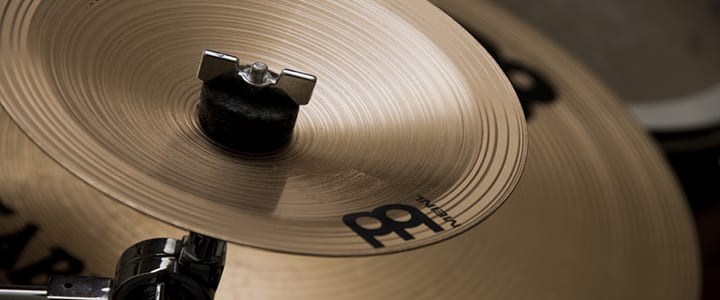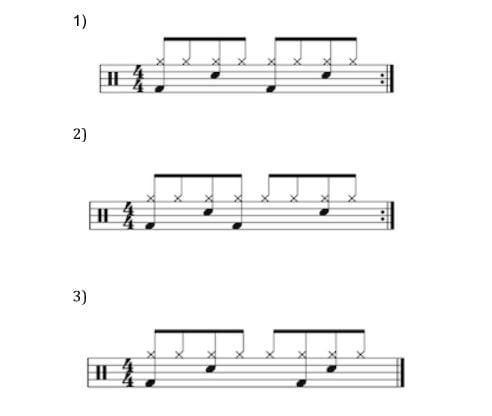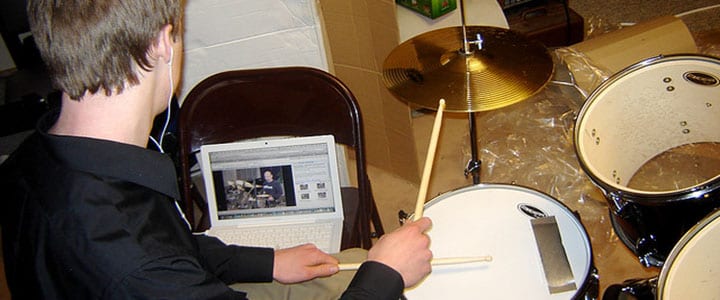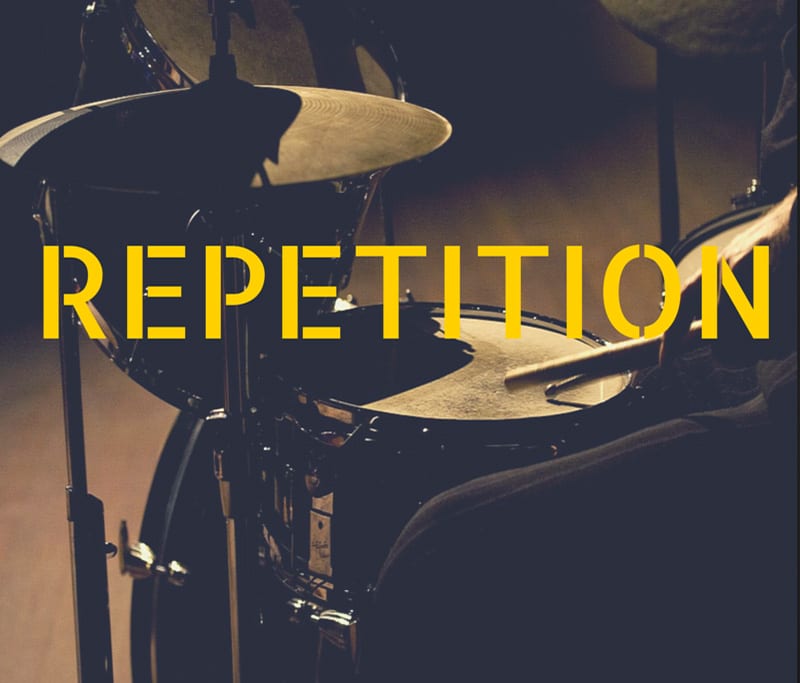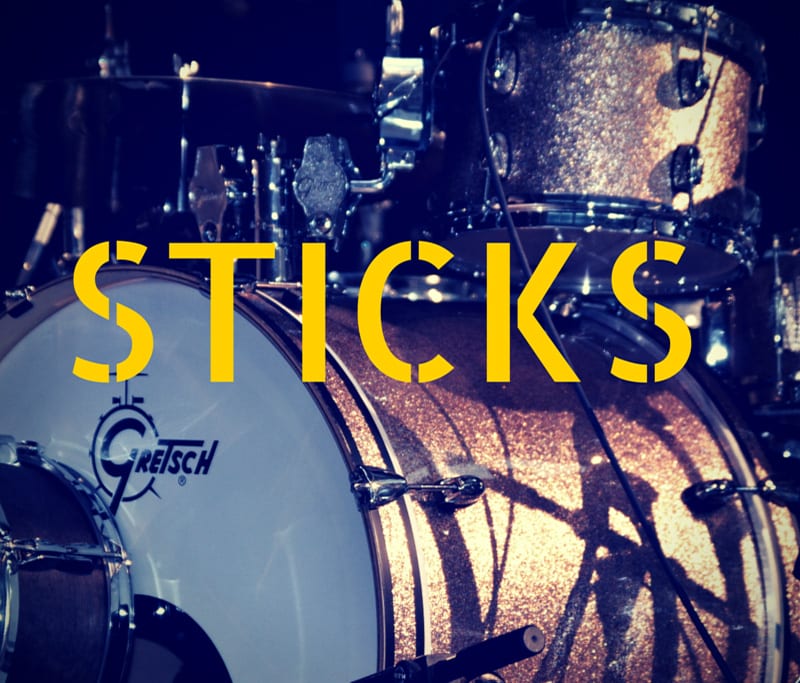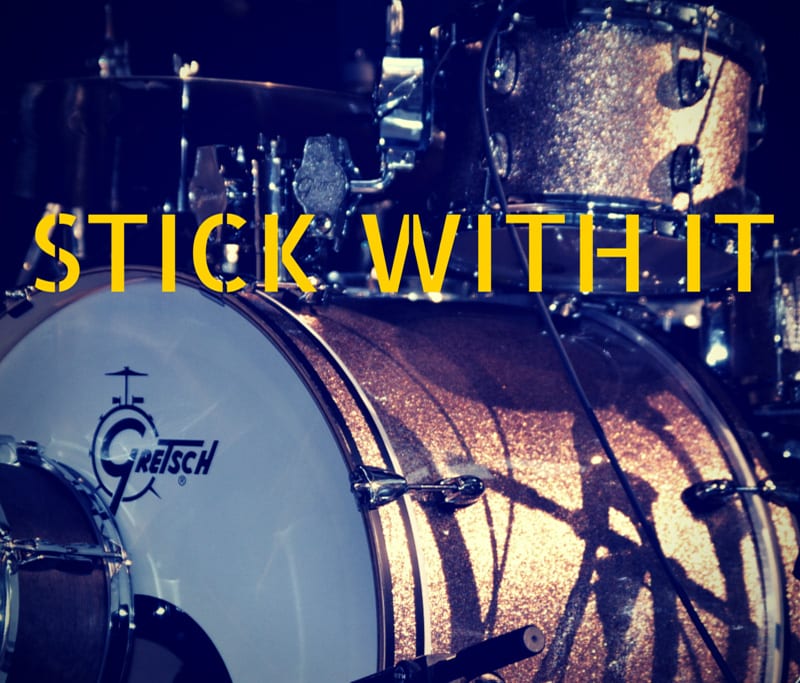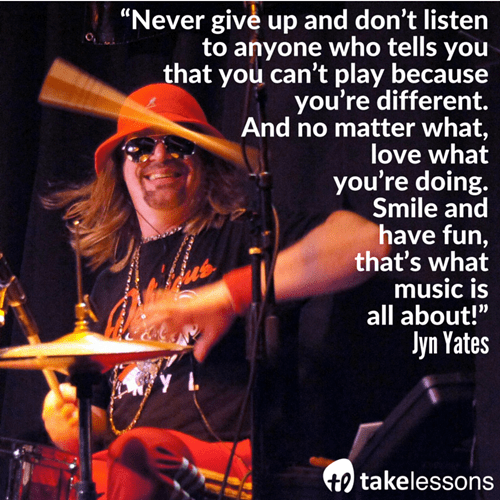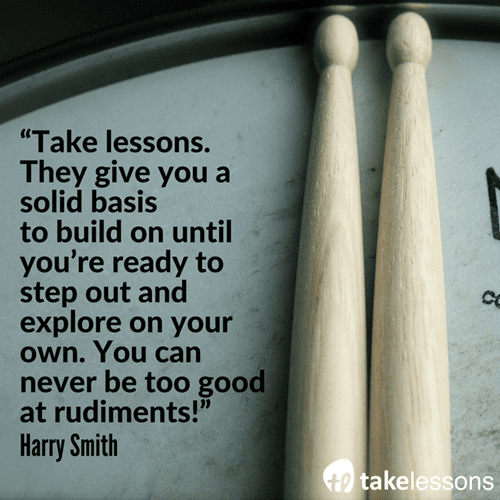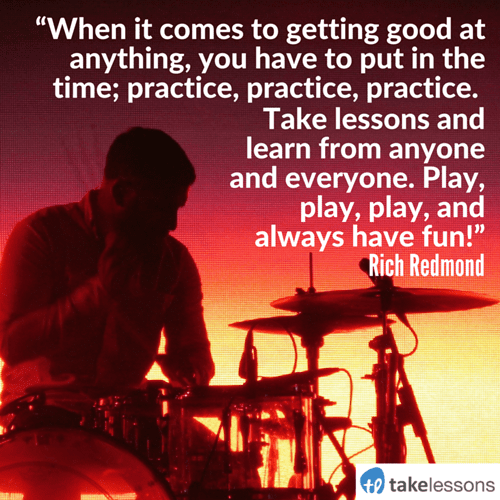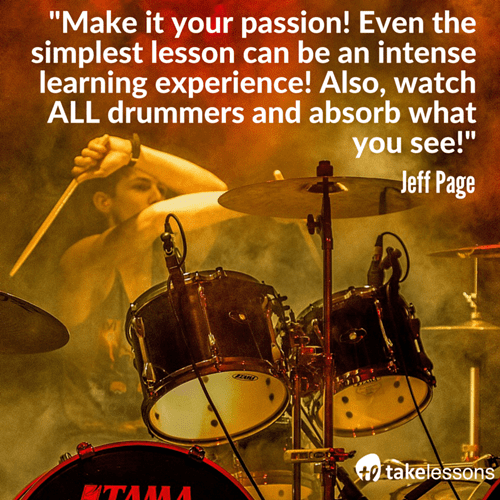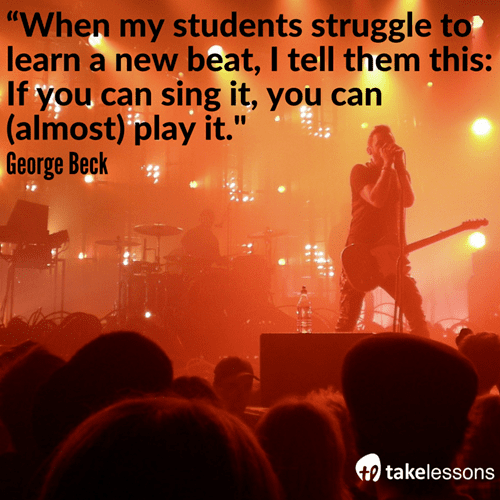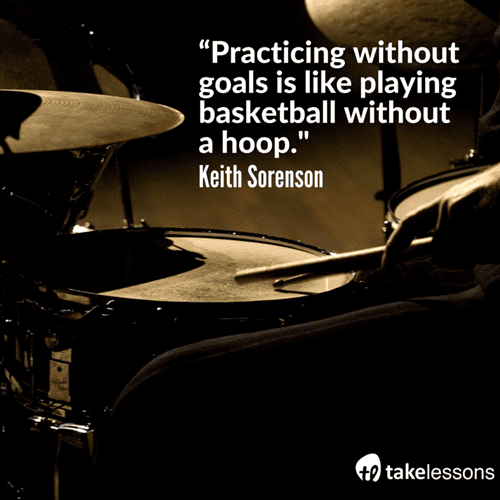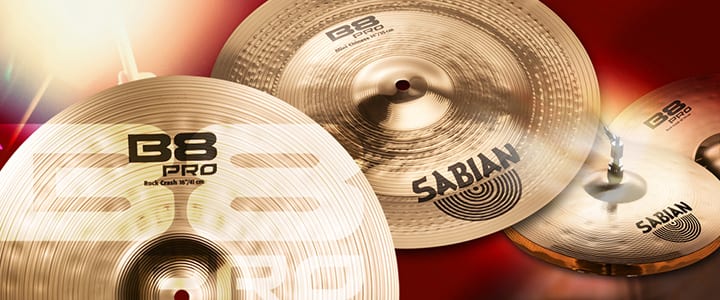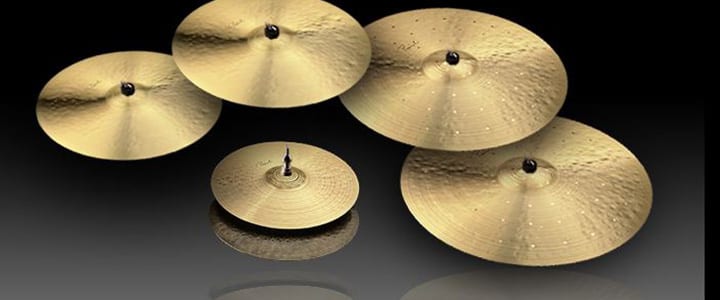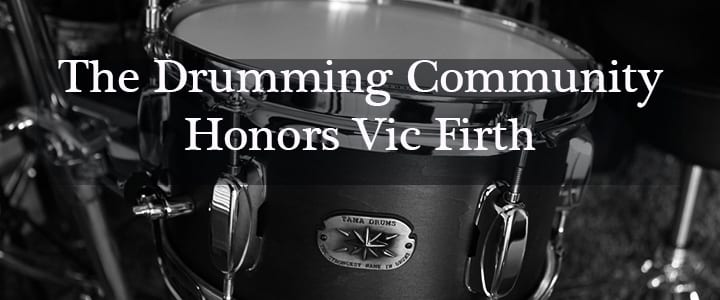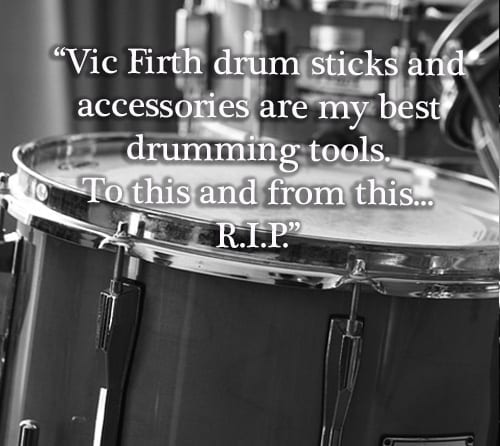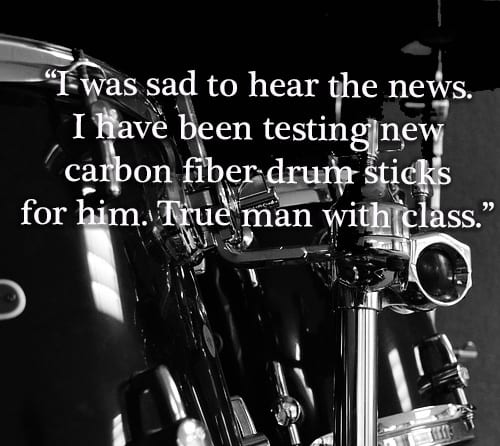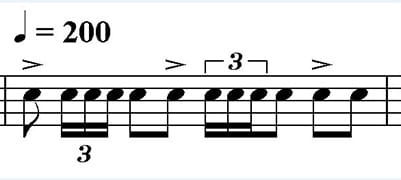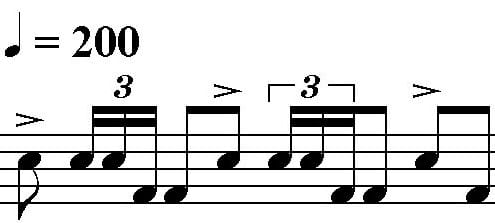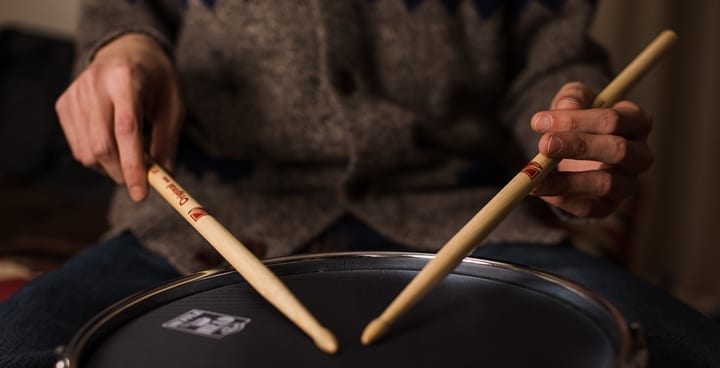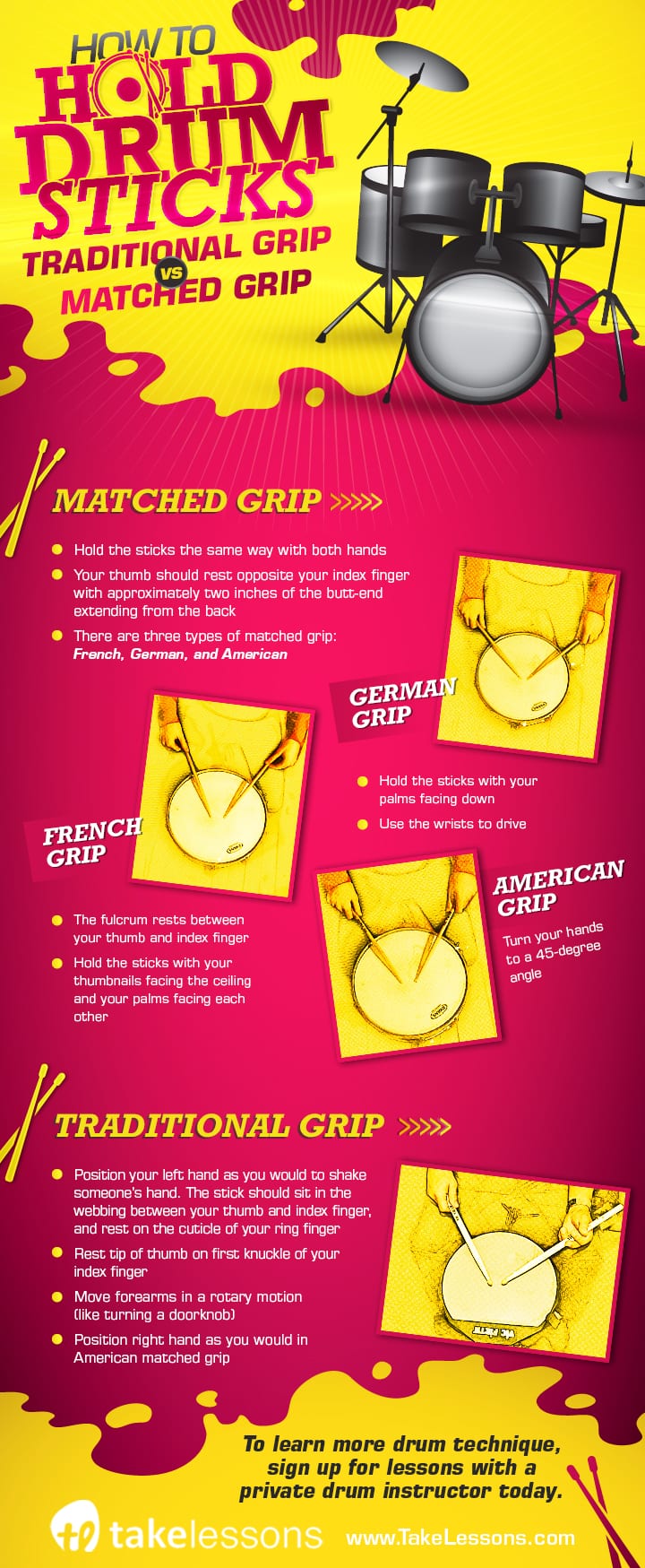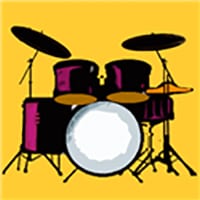So you’re taking drum lessons, and you want to know how to take your drumming to the next level? Here, San Diego, CA drum instructor Maegan W. shares four lesser-known secrets to help you succeed…
Have you ever watched a band or artist and thought to yourself, “I’m just as talented and I work hard, how come I don’t get gigs?” Well the answer may surprise you. In fact, I hope it does.
I found out long ago that getting a good gig, playing big festivals, and making money as a drummer doesn’t come from being a great musician. Of course, this is a key ingredient, but it’s just one piece of the puzzle.
Whether you’re a beginner or an intermediate drummer, if you practice and dedicate yourself, you have the potential to be an amazing drummer. If you want to take your drumming to the next level, pay attention to these lesser-known secrets to drumming success.
1. Mindset
Adopting the right mindset is the first step to attracting better gigs and experiences.
When you watch other bands, pay attention to your energy and the way you feel. Do you feel jealous or envious, or do you appreciate other artists’ talent? What are you saying as you watch these bands or artists?
It’s important to recognize and appreciate another artist’s talent. This allows you to operate from a place of inspiration, as opposed to a negative, jealous head space.
2. Define Your Goals and Go After Them
Professional drummers are always looking for opportunities. They don’t just sit back and wait for things to happen.
Successful drummers know exactly what they want, and they make a commitment to make it happen. This don’t mean you should be rigid and stubborn. In fact, the opposite is true: you must be able to go with the flow and allow the magic to happen.
Be clear about your goals. It may be helpful to share your goals with your drum teacher so he or she can keep you on track and hold you accountable.
3. Practice, Practice, Practice!
OK, I know this isn’t exactly a secret, but for some reason, the pros try to hide how much time they really practice. When they play, they make it looks effortless and natural, but this is the result of hours of hard work. Remember, every successful drummer has put in the time to develop their skills.
Think of it this way: When you’re not practicing, someone else is! You can always find ways to improve; keep on practicing!
4. It’s Not Just What You Know…
Always remember: it’s a small world and people talk. It’s helpful to maintain a positive outlook and attitude. Also, successful drummers spend just as much time marketing themselves as they do working on their drum technique. Make connections with other drummers. You can always learn something, and you never know who will be able to help you get to the next level.
These lesser-known secrets should give you a new perspective, and help you achieve your drumming goals.
Want to improve your drumming skills? Find a drum instructor today!
 Maegan W. teaches drums, songwriting, and more in San Diego, CA. She earned a degree in Percussion from the Musician’s Institute, and has been teaching private lessons since 2004. Learn more about Maegan here!
Maegan W. teaches drums, songwriting, and more in San Diego, CA. She earned a degree in Percussion from the Musician’s Institute, and has been teaching private lessons since 2004. Learn more about Maegan here!
Photo by bigdrumthump.com
The post 4 Little-Known Secrets for Drumming Success appeared first on | TakeLessons.


